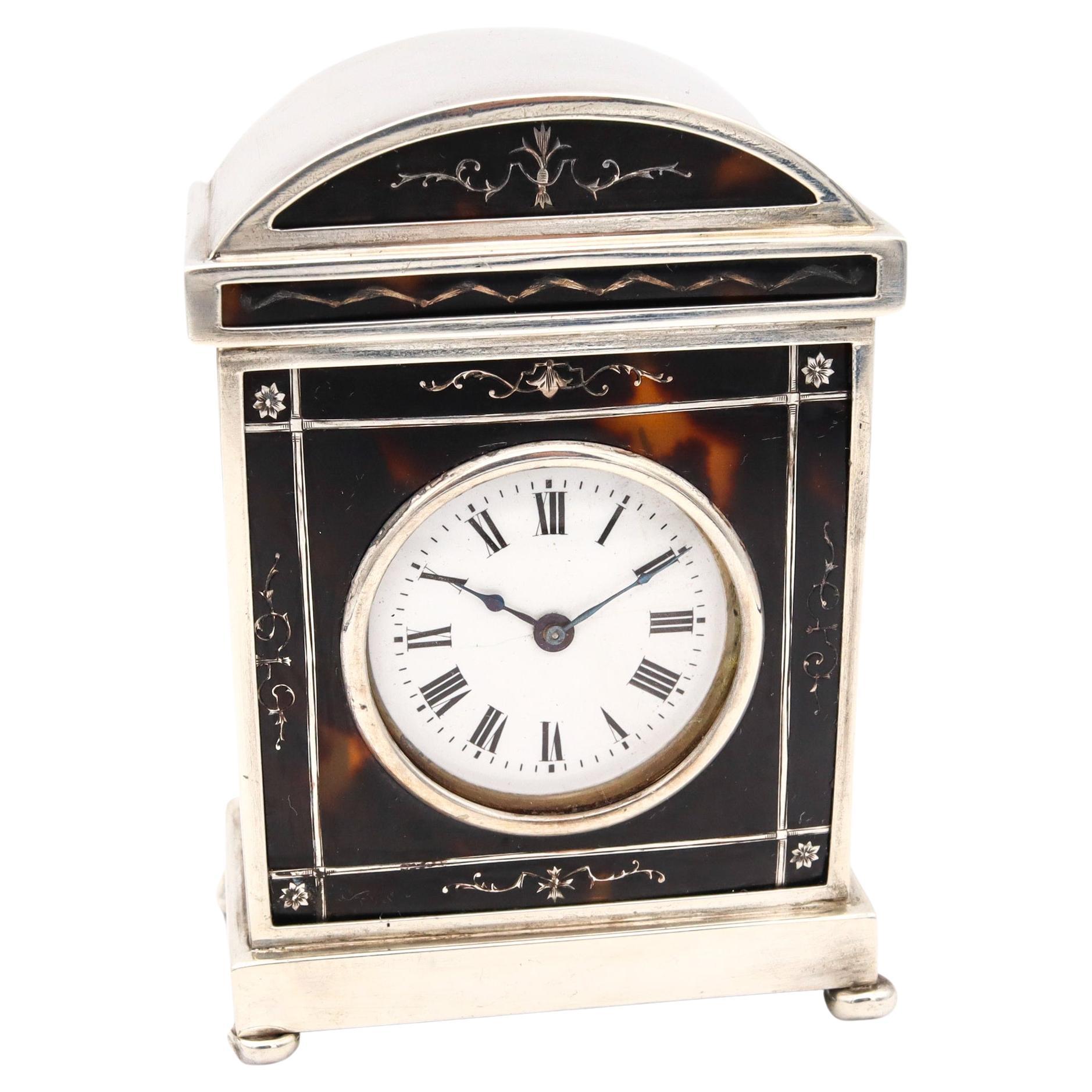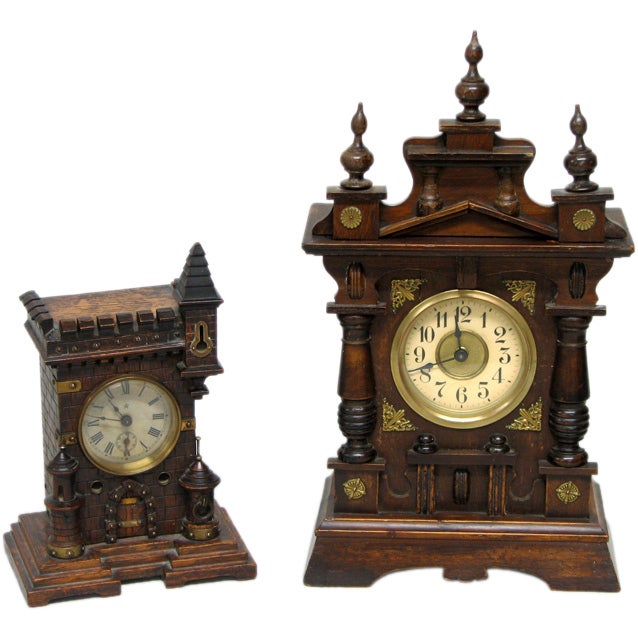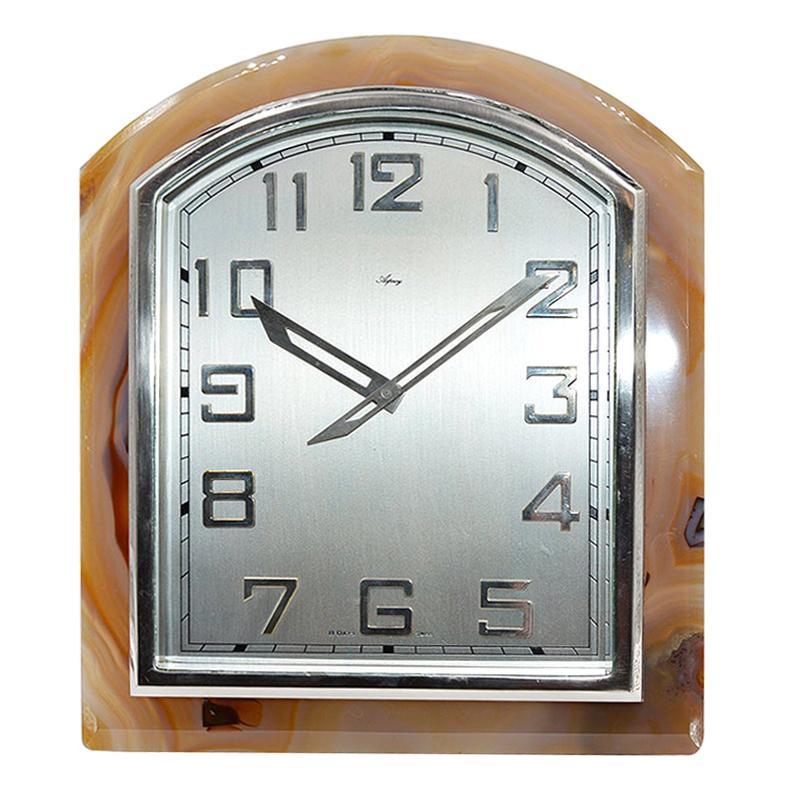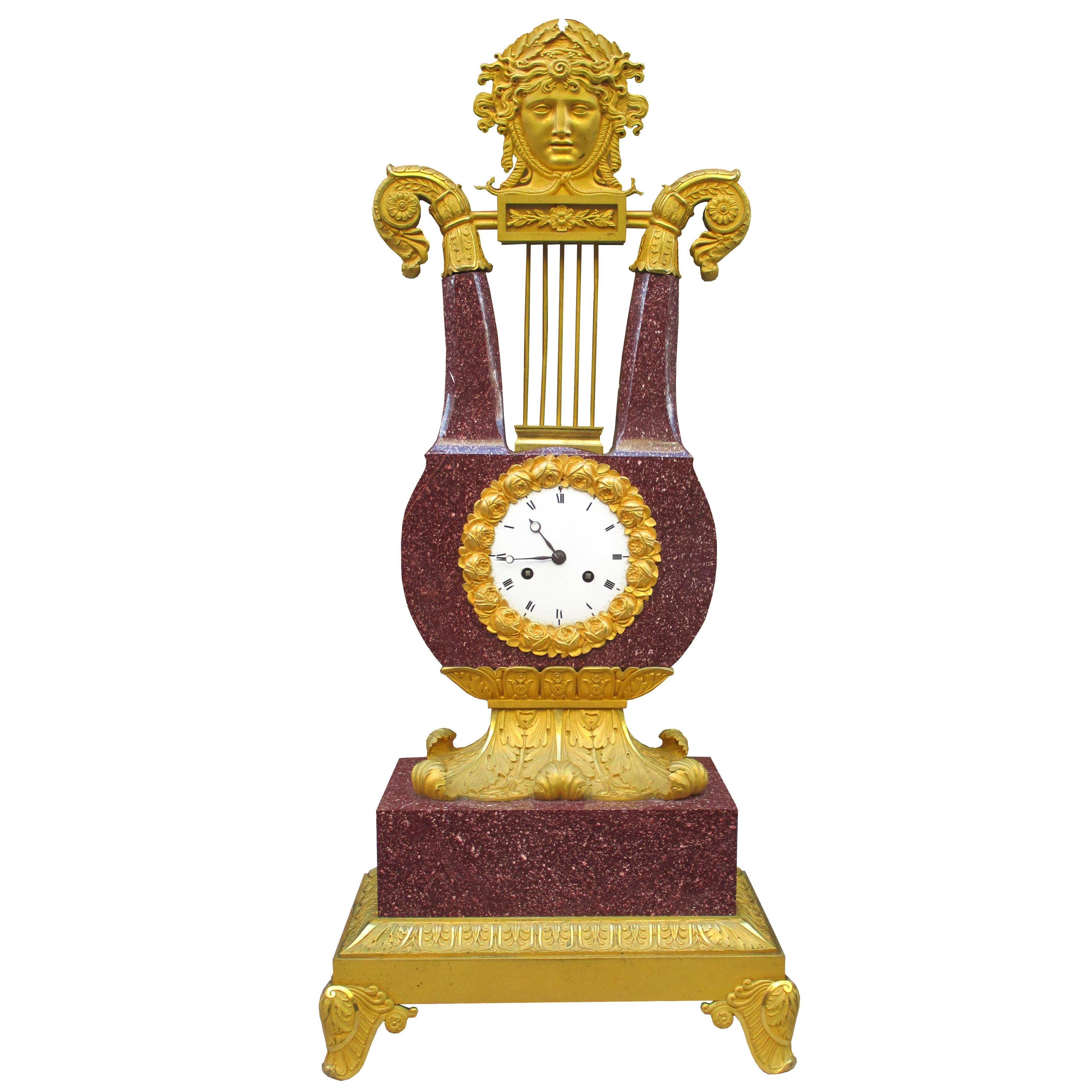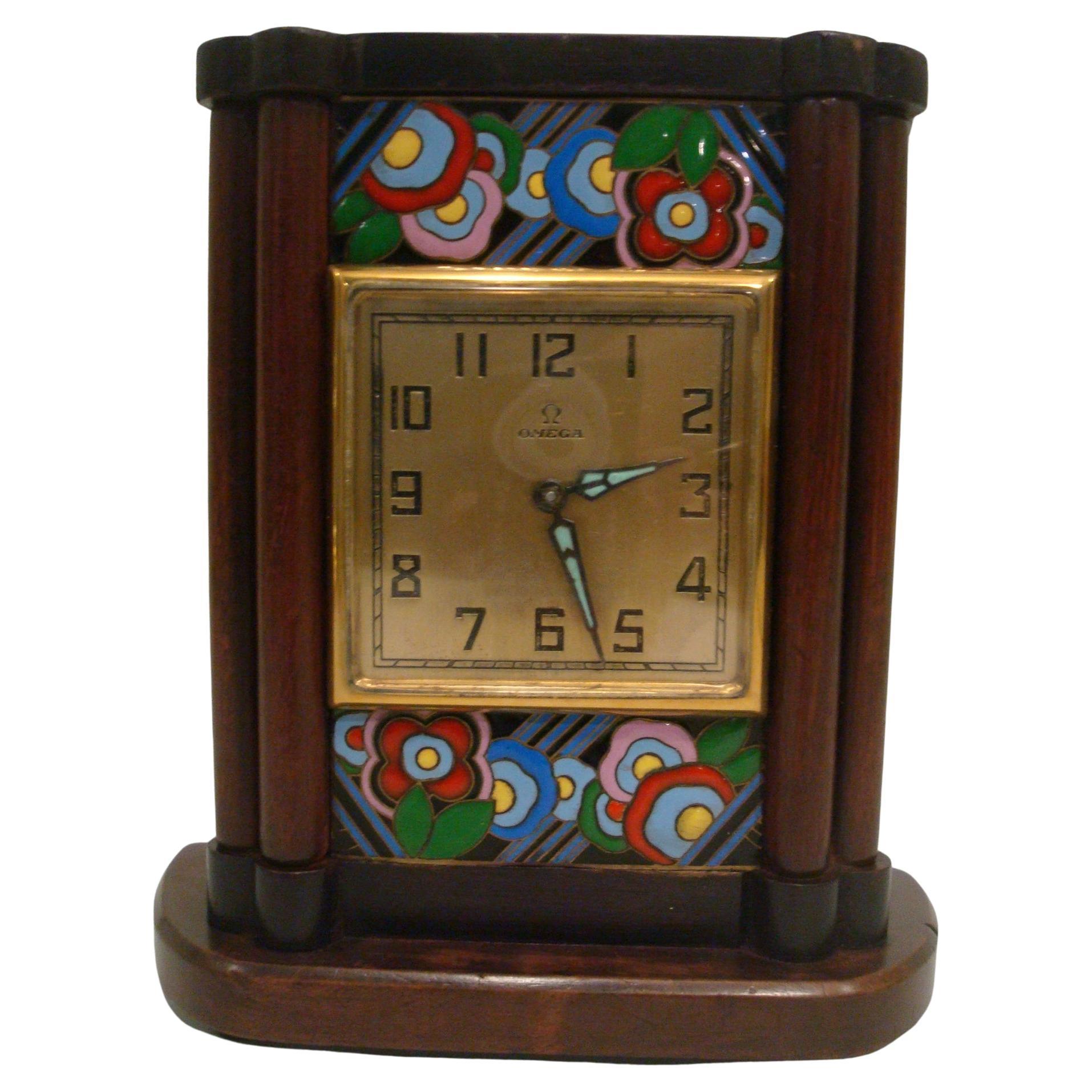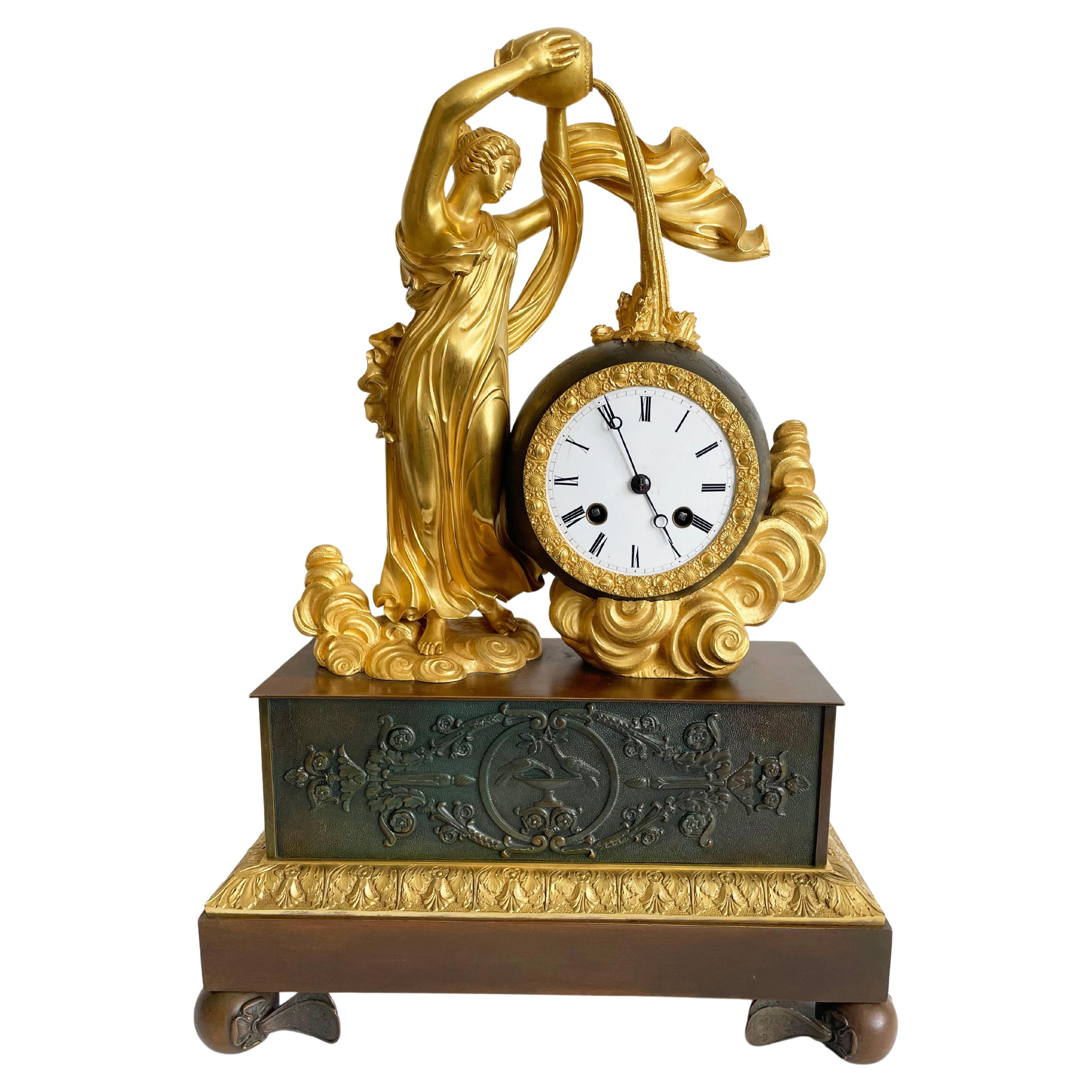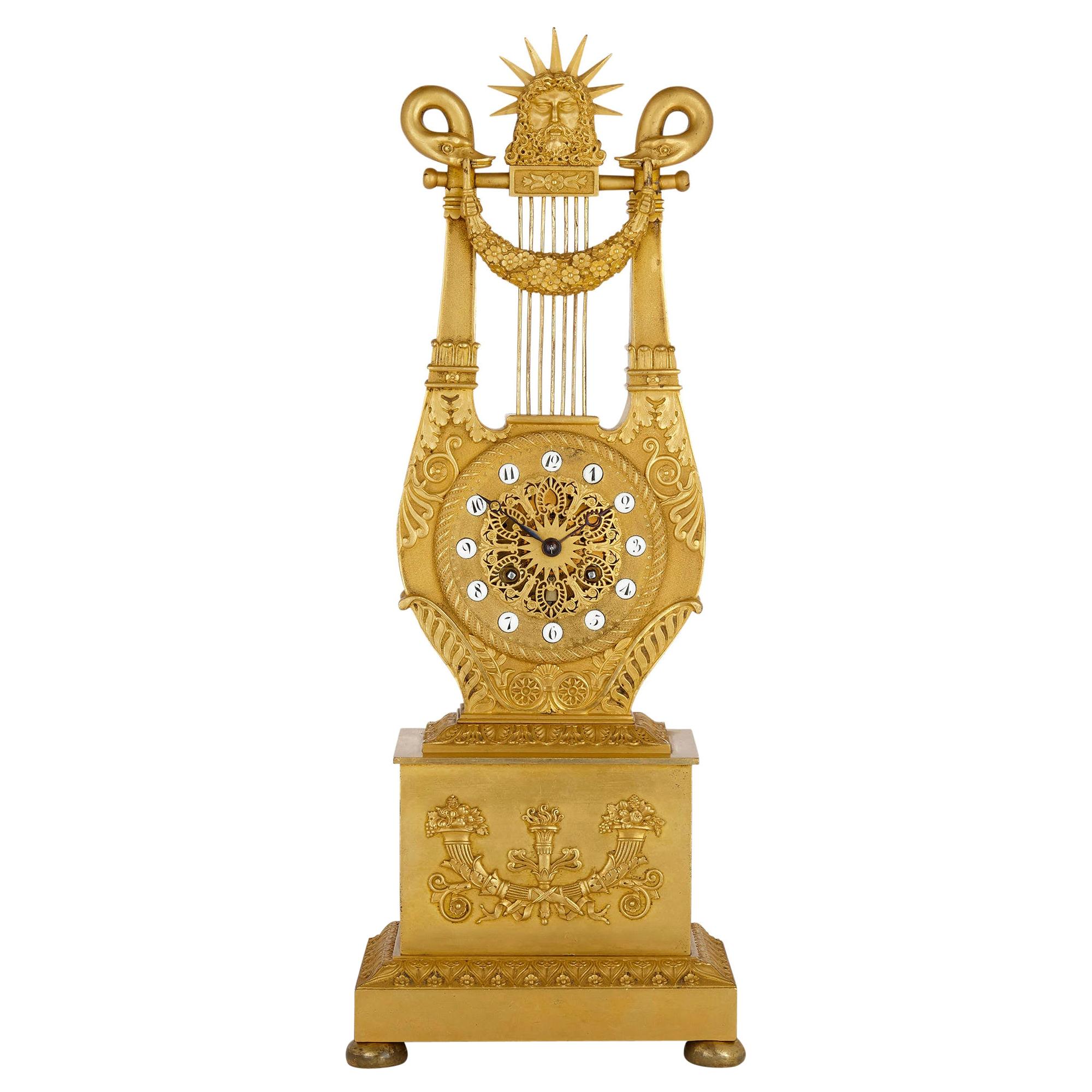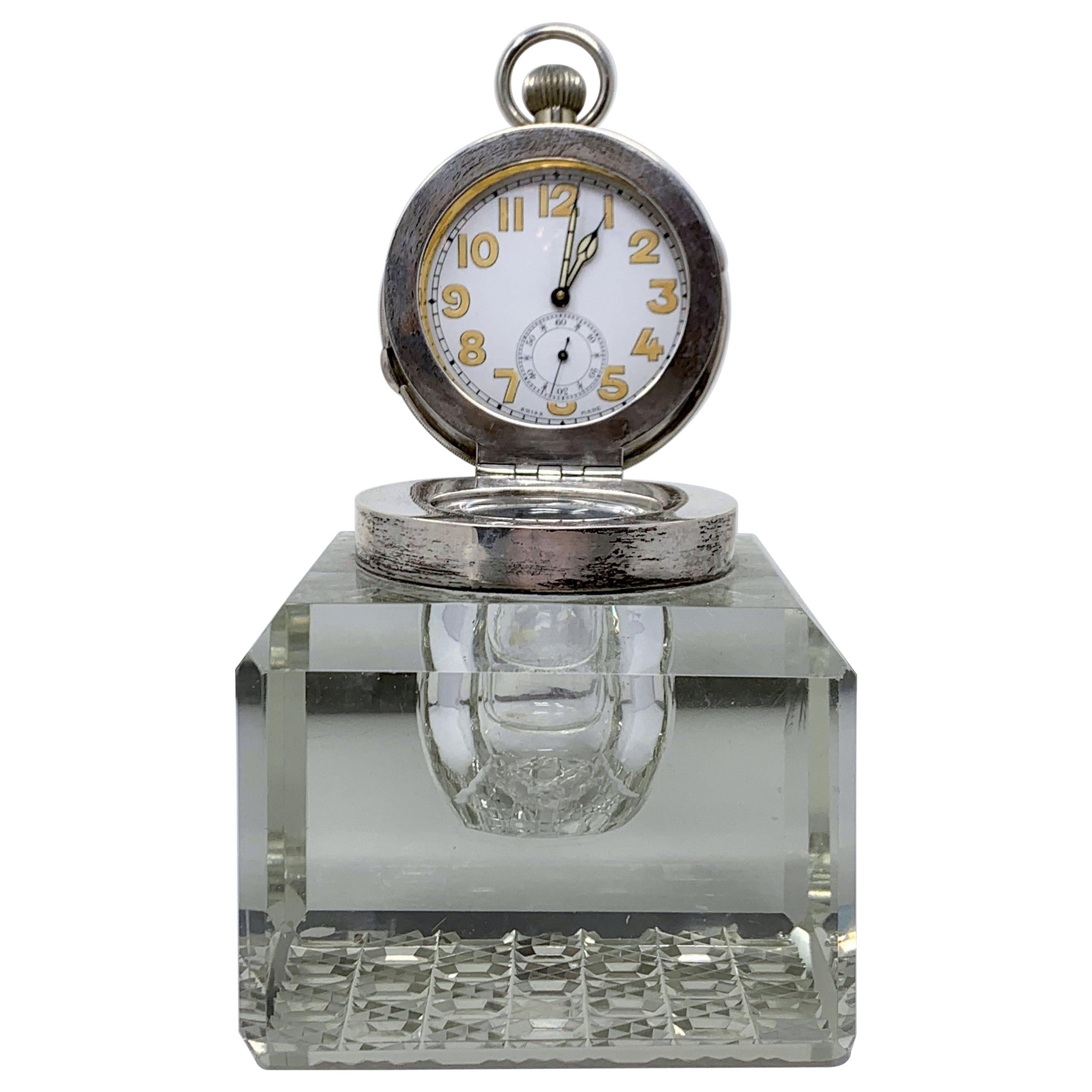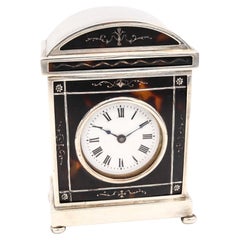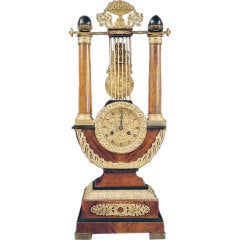
Handsome Charles X Lyre Form Amboyna Wood Table Clock, circa 1825
View Similar Items
1 of 7
Handsome Charles X Lyre Form Amboyna Wood Table Clock, circa 1825
About the Item
- Dimensions:Height: 23 in (58.42 cm)Width: 10 in (25.4 cm)Depth: 5 in (12.7 cm)Length: 23 in (58.42 cm)
- Style:Empire (Of the Period)
- Materials and Techniques:
- Place of Origin:
- Period:
- Date of Manufacture:circa 1825
- Condition:Wear consistent with age and use.
- Seller Location:New York, NY
- Reference Number:Seller: F316 Emprire bracket Clock Barometer Globe Library1stDibs: U0704198275409
You May Also Like
- Empire Style Table Clock and InkwellLocated in Buenos Aires, ArgentinaEmpire style table clock and inkwell Origin France Circa 1900 The watch has a Paris machine and it works Golden bronze and Onix materials Very good general condition the marble ...Category
Antique Early 1900s French Empire Inkwells
MaterialsBronze
$1,440 Sale Price20% Off - Charles & Richard Comyns 1920 London Neo Classic Carriage Table Clock in SterlinBy Charles and Richard ComynsLocated in Miami, FLTravel carriage clock designed by Charles & Richard Comyns. Beautiful small travel-desk clock, created by the top notch and prestigious silversmith company of Charles & Richard Co...Category
Vintage 1920s English Neoclassical Carriage Clocks and Travel Clocks
MaterialsSilver, Sterling Silver
$2,360 Sale Price20% Off - Empire Clock in the Form of a Classical Urn, by Maison Lepautre, circa 1825By Pierre-Basile LepauteLocated in Brighton, West SussexA gilt bronze Empire clock in the form of a classical urn, by Maison Lepautre. French, circa 1825. The dial signed 'Lepaute a Paris'. The clock has an ornate cast bezel with a 3-inch porcelain dial with Roman numerals and Breguet style hands. The twin train eight-day movement with outside count wheel striking on a bell and silk thread suspension. This elegant Empire style clock has a gilt bronze case in the form of a classical urn with swan neck handles and a winged cherub to the neck. The circular pedestal base is raised on a footed stepped square plinth. The Lepaute family were the premier French clockmakers of their day. Their significance lies in their contribution to the clock making industry which had hitherto come under the trade of locksmiths. The family held the brevet Horlogers du Roi. Jean-André Lepaute (1720–1789) arrived in Paris at an early age and in 1740 founded the family business. A skilled artist and mechanic, he quickly gained an excellent reputation. He was received as maître by the clockmakers guild in 1759, was granted royal lodgings from the king in The Luxembourg Palace, and was entrusted with the construction of the majority of the great public clocks of Paris. He executed, amongst others, those in The Luxembourg Palace, the Jardin des Plantes, the Château de Bellevue and the Château des Ternes. His clock at Paris’s École Militaire still works today. Three editions of his Traité d’Horlogerie were published in Paris in 1755, 1760 and 1767. A small volume, Description de Plusieurs Ouvrages d’Horlogerie appeared in 1764. Jean-André’s wife, Nicole-Reine Etable de la Brière (1723-1788), was a highly esteemed mathematician and astronomer. Her passion for science lent itself to Lepaute’s work and she played an active role in the scientific and mathematical aspects of the clock making. Jean-André’s younger brother Jean-Baptiste Lepaute (1727-1802) joined him in Paris in 1747 and immediately started working for the family business. He was received as maître in 1776 and was known for the clocks he constructed for the Paris Hôtel de Ville (1780), destroyed in a fire of 1871, and for the Hôtel des Invalides (1784). Jean-Baptiste took over the workshop when Jean-André retired in 1775. After Jean-Baptiste’s death in 1802, the firm was taken over by his nephew Pierre-Basil Lepaute (1750-1843) where he was duly joined by his own nephew Jean-Joseph (1768-1846) and son Pierre-Michel (1785-1849). By 1816, Pierre-Michel Lepaute was in charge of the business. His masterpieces include the astronomical clock in Paris’s Bureau...Category
Antique Early 19th Century French Empire Mantel Clocks
MaterialsBronze
- Two 19th Century Black Forest Clocks, Great Form, Great Old Color/Patina.Located in Buchanan, MITwo 19th century Black Forest clocks, charming form, great old patina.Category
Antique 19th Century German Adirondack Clocks
MaterialsWalnut
- Asprey Art Deco Agate Stone Clock, circa 1920sBy Asprey International LimitedLocated in Long Beach, CAFACTORY / HOUSE: Asprey London STYLE / REFERENCE: Strut Desk Clock METAL / MATERIAL: Polished Beveled Agate and Nickel CIRCA / YEAR: 1920's / 1930's DIMENSIONS / SIZE: 9.5" X 5.25"...Category
Early 20th Century Swiss Art Deco Table Clocks and Desk Clocks
MaterialsAgate, Nickel
- Austrian Chrome Art Deco Table ClockBy Werkstätte Hagenauer WienLocated in Vienna, ATSmall table clock made of beautiful dark walnut wood and silver chrome-plated brass. Clock face is wood with inserted beams and dots to show the ti...Category
Vintage 1930s Austrian Art Deco Table Clocks and Desk Clocks
MaterialsBrass, Chrome

